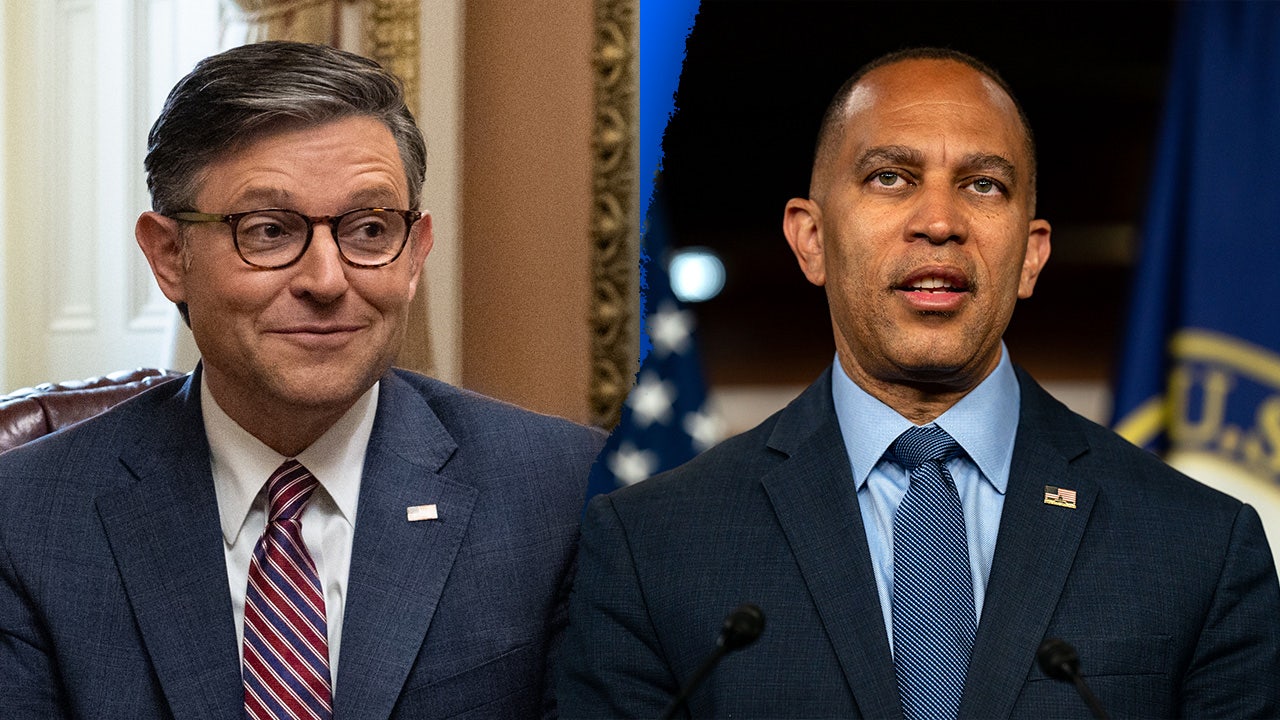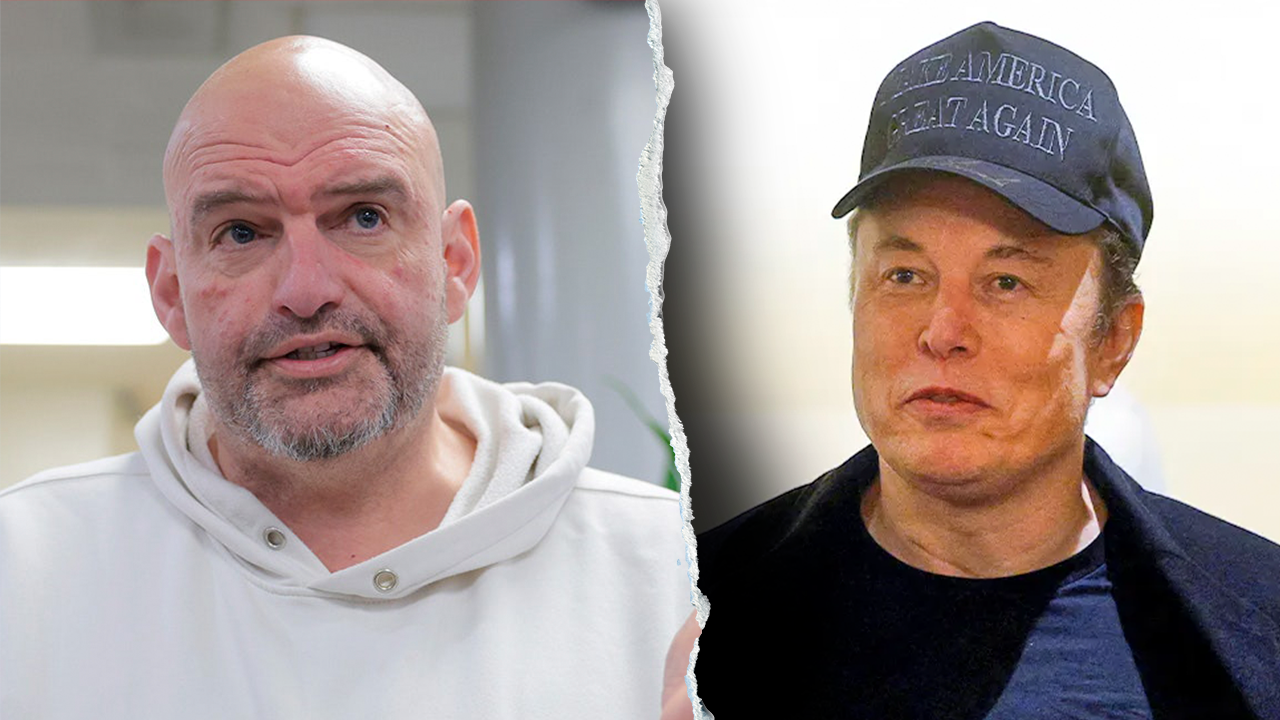Movie Reviews
Twisters movie review: no winds of change blowing here – FlickFilosopher.com

I haven’t been this excited about a movie star in a long time. Partly because we haven’t had anyone new in ages who exudes that delicious ineffable movie-star It. It’s not just about looks, though of course a pretty face doesn’t hurt. No, it’s about the effortless charisma. The paradoxical insouciance, like they’ve just accidentally stumbled into being the sexiest damn thing you’ve ever seen onscreen, and aren’t even aware of the effect they’re having.
I’m talking about Glen Powell, of course. (Even his name is right outta the Golden Age of Hollywood.“Glen Powell and Rita Hayworth star in the most thrilling movie of 1942: City of Secrets!”) He first made me sit up and take notice as astronaut John Glenn in 2016’s Hidden Figures. He’s not in that film much, and I didn’t even mention him in my review (though I did sneak him into the image illustrating my writeup; I just had to), because that movie ain’t about his character. But when I say he made me sit up and take notice, I literally mean I went bolt upright in my seat the moment he appeared onscreen and gasped (quietly, in my head), “Who is THAT?”
Maybe that’s the definition of a movie star: When they’re onscreen, you can’t take your eyes off them.
Anyway, Powell is rightfully finally breaking through this year with well-deserved leading roles, in the rom-com Anyone But You (which I have not seen yet but hope to soon), in crime comedy Hit Man (which is brilliant; review asap), and now the disaster drama Twisters. I’m happy for him! I’m happy for us all — we deserve a new movie star to remind us why we fell in love with movies. But it’s a real mixed bag for me when I say that he’s the best thing about Twisters. Because at this point, I will take whatever Glen Powell is on offer, and he does not disappoint here: he’s charming, funny, and has an improbably delightful shit-eating grin to rival Harrison Ford’s (my previous movie-star high-water mark for improbably delightful shit-eating grins).
I just wish Twisters were worthy of what Glen Powell is bringing.
I get why They — the big Hollywood They — saw easy cash in revisiting 1996’s Twister. It was a huge hit that has since become iconic for many good (and some not-so-good) reasons. It shaped the industry’s previous generational paradigm shift: its spring release date followed by instant box-office success helped move the supposed “summer” movie season for blockbusters back to early May. (Difficult as it may be for today’s youngsters to imagine now that big loud brash movies come year-round, there really did used to be a discrete season for big FX-laden crowd-pleasing genre flicks, and that season was [Northern Hemisphere] summer.) Twister represented a visual-effects breakthrough, with its heavy usage of nascent CGI: all those stormy goin’-green skies and all those tornadoes had to be created digitally, and those FX mostly still hold up almost 30 years later. The movie even inspired a boost in people studying meteorology at the university level! It was later the first feature film to be released on DVD, which surely helped cement the popularity of the format and ensured that the movie would become, in more recent years, something of a (misnamed) cult classic, not least because of its early appearances by actors who went on to become cinephile favorites, including Philip Seymour Hoffman and Jeremy Davies, as well as enduring beloveds Helen Hunt, Bill Paxton, and Cary Elwes.

Twister was, dare I say it, a perfect storm of a blockbuster. But it could have simply been rereleased in summer 2024. Sure, revamp it for IMAX or whatever, if an excuse is required for a rerelease. People would have paid for that. I would have paid for that, even though I’ve seen Twister easily a dozen times, mostly on a small screen at home. (Though I did see it that summer of 1996, and loved it instantly. I have no specific memories along these lines, but I’m pretty sure it was one of the movies that I was having Big Thoughts about at that time, to the point where I was, like, Yeah, I should probably do some film criticism. Which I started doing a year later, and I reviewed the film in 2000.)
Instead we got Twisters, and look: no one was asking for a sequel, but a sequel would have been very much welcome if Twisters was able to make a case for itself. Like, why have you gathered us here for another go at this story at this particular point in time? The one reason — the best one, the big one — might be because, a quarter of a century later, we could now admit to the cyclonic elephant in the room in Twister: it was an early climate-change movie, with its “record outbreak of tornadoes” and insanely dangerous, even grading on the tornado curve, weather-that-is-trying-to-kill-you. (For another undeclared early human-impact-on-the-planetary-environment drama, see also 2000’s The Perfect Storm, about unprecedented extreme weather and fished-out oceans.) Maybe nobody realized it at the time — though I would be astonished if the first screenwriter on the project, Michael “Fuck with Nature at Your Own Peril” Crichton, did not — but looking back now, the 1996 film is quite obviously an attempt to 1) reckon with increasingly dangerous and unpredictable weather, and 2) try to learn how to live with it.

So it’s genuinely astonishing, deeply baffling, and almost embarrassing to sit through Twisters and not see a single solitary acknowledgment of global warming onscreen. Director Lee Isaac Chung (Minari) has stated that this is deliberate: “I just don’t feel like films are meant to be message-oriented,” he told CNN. I’m not sure he appreciates that releasing a movie like Twisters in 2024 and not mentioning climate change is absolutely sending a message: of denial of reality, of an ostrich-like desire to bury one’s head in the sand rather than face literal existential danger.
Goddammit.
Anyway, that means that Twisters is a hugely cowardly missed opportunity for us, as a culture, to finally grow the hell up about the damage we have done and continue to do to our pleasant Earth.
This is not the only way in which Twisters is absurdly coy. The movie cannot even decide if it’s a genuine followup or merely a furtive remake. Screenwriters Mark L. Smith (Overlord, The Revenant) and Joseph Kosinski drop in numerous sly callbacks to Twister but not a single overt one.

When meteorologist Kate (Daisy Edgar-Jones) flies out from New York City to Oklahoma at the behest of her former storm-chaser colleague Javi (Anthony Ramos: The Bad Guys, In the Heights), to help him deploy a (genuinely cool-seeming) 3D-radar technology that will hopefully get much-needed detailed scans of active tornadoes, she has to keep telling his team, some of whom are also her former colleagues, that she’s “not back!”… just as Bill Paxton’s storm-chaser–turned–meteorologist Bill does multiple times in Twister. Oh, Smith and Kosinski shuffle the rebranding around a bit: Kate isn’t just Bill but also Helen Hunt’s Jo, in that she lost someone important to a twister; Javi is also Cary Elwes’s Twister “corporate suckup” Jonas. But Twisters frequently indulges in for shot-for-shot and beat-for-beat xeroxing of the 1996 flick. It also sneaks in Dorothy, the tech for lobbing little sensors into a tornado for recording just what the heck is going on inside the funnel, with no mention of where it came from. The technology seems to be settled and considered reliable here, while it was solidly experimental in the ’96 film; proving it could work was the geeky backbone of the previous movie.
And that’s where there was a tiny opportunity to insert just a hint of awareness of the fact that, ahem, the 1996 movie, like, exists. I’m not asking for a lot here! Maybe a single line of dialogue that mentions, say, that Kate and Javi are former students of Jo’s, and that’s how they have access to Dorothy. And re global warming? When Javi is trying to convince Kate to come back and help with his 3D-imaging project, he mentions that these massive tornadoes are “getting worse every year.” Okay, yes, but WHY? We don’t need a thesis on climate change, but maybe just drop in something about how atmospheric CO2 is up dramatically since 1996, why not? (C’mon, this shit was easy.) The unwillingness of this movie to confront the real world, when it also desperately wants to be set in the real world, is frankly bizarre, and indicative of nothing so much as pandering to anti-science bullshit.

Oh, and speaking of anti-science… there is a real and not-very-subtle anti-academic vibe going on here. Powell’s Tyler and his wacky team — who are, let’s be honest, much more of a feather with the university goofballs who were unquestionably the heroes 30 years ago — are most definitely not people with degrees or credentials. Instead, they are “hillbillies with a YouTube channel,” self-styled “tornado wranglers” who sell T-shirts and mugs with slapped-on logos at their storm-chaser stops. Yes, they are redeemed, somewhat, eventually, but so is corporate-suckup Javi… and yes, it’s good that the characters are less black-and-white than in the 1996 movie. But it’s impossible to imagine that Tyler’s gang — which includes the awesome Sasha Lane’s (How to Blow Up a Pipeline, Hellboy) Lily and the also awesome Katy O’Brian’s (Love Lies Bleeding) Dani — will have anywhere near the staying power in the pop-cultural mindset as Jo’s band of misfits. That’s not on the cast — they’re splendid and it’s clear that they are doing their best to bring the same gung-ho cheese and the cheerful eccentricity (which isn’t even all that eccentric!) — but the movie muffles them. They are a sideshow, not the heroes. They are also emblematic of an attempt to capture lightning in a bottle twice, which happened organically the first time and isn’t something that can be done deliberately on repeat.
That said, Kate’s work-in-progress science project to tame a tornado by throwing a bunch of superabsorbent baby-diaper chemicals up into the funnel is at least a fresh idea here, and as clever and inventive as Dorothy was in 1996. (Tyler has his own intriguing notion about how to tame a twister.) The tornado action is intense, in a theme-park sort of way. But it’s almost irresponsible for a movie about extreme weather to be nothing more than a bit of fun fluff anymore. With only the smallest of tweaks, perhaps Twisters wouldn’t feel reckless in all the wrong ways.
more films like this:
• Twister [Prime US | Prime UK | Apple TV | Max US]
• The Perfect Storm [Prime US | Prime UK | Apple TV | Paramount+ US]

Movie Reviews
Predator: Killer of Killers
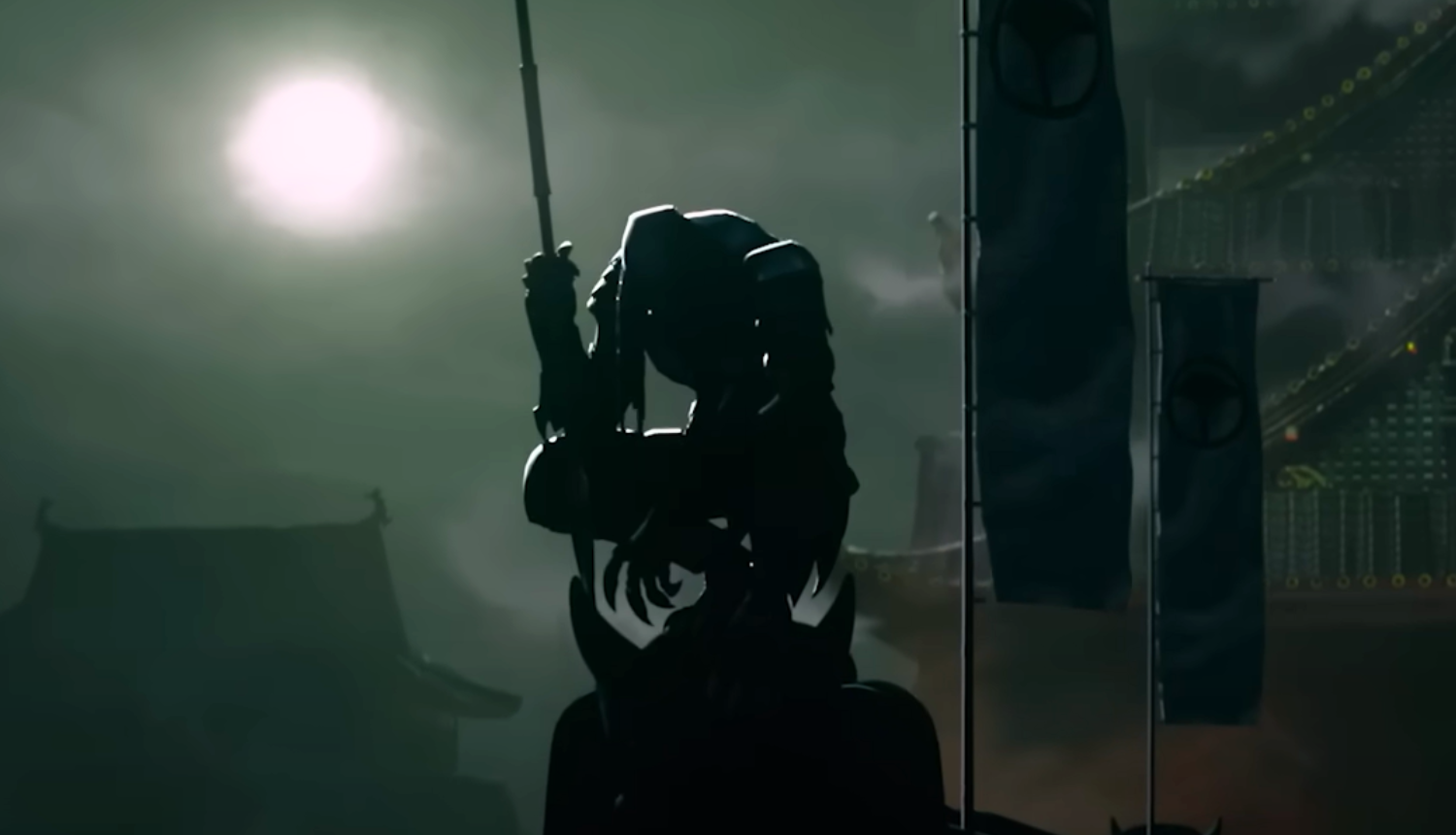
Movie Review
We have a talent for killing. Humans off everything from ants to elephants, and we’ve shown a special knack for killing each other. Want proof? Just thumb through a world history book, and you’ll find plenty.
But while anyone can kill, some seem like they’ve been born for it. Predator: Killer of Killers, introduces us to three of them.
Some call her the Valkyrie of the Northern Seas. But she began her life as Ursa, the daughter of a proud Norse chieftain who, when Ursa was just a girl, was killed before her eyes. The culprit: Zoran, chieftain of the Krivich. For the last few decades, Ursa has plotted bloody revenge, carving a gore-spattered swathe through Scandinavia along the way. But now, when Zoran is so close to her bloodstained fists, someone (or, rather, something) crashes the party.
In feudal Japan, two brothers once vied to be heir to their father’s armored crown. One refused to fight, but the other attacked: The more peaceful brother had to run away, ceding the crown to his sibling. But 20 years later, the father is dead and the exile returns, ready to make his brother pay. But—and you’ll notice a trend, here—something is watching, ready to make its own move.
Ensign Torres isn’t a killer. Not really. He’s a pilot—or, at least, he’d like to be. Torres is grounded at the moment, tasked with patching together a cantankerous bit of flying machinery before he’ll be allowed to take on the fighters from World War II’s Vichy France. But when he starts hearing radio chatter about “hooks in the sky,” and when he sees an otherworldly weapon that yanks hot engines straight out of the fuselage, Torres knows he must get airborne and warn the other American pilots—and fast.
All of these hunters—the headliners in three separate stories—quickly become the hunted. Prey for fearsome extraterrestrial predators, the Yautja. They’re bigger than humans are. Stronger. More technologically advanced. And, oh yeah, they can turn invisible, too. What hope do these poor earthlings have?
More than you might think.
Movie Reviews
Predator: Killer of Killers (2025) Movie Review | FlickDirect
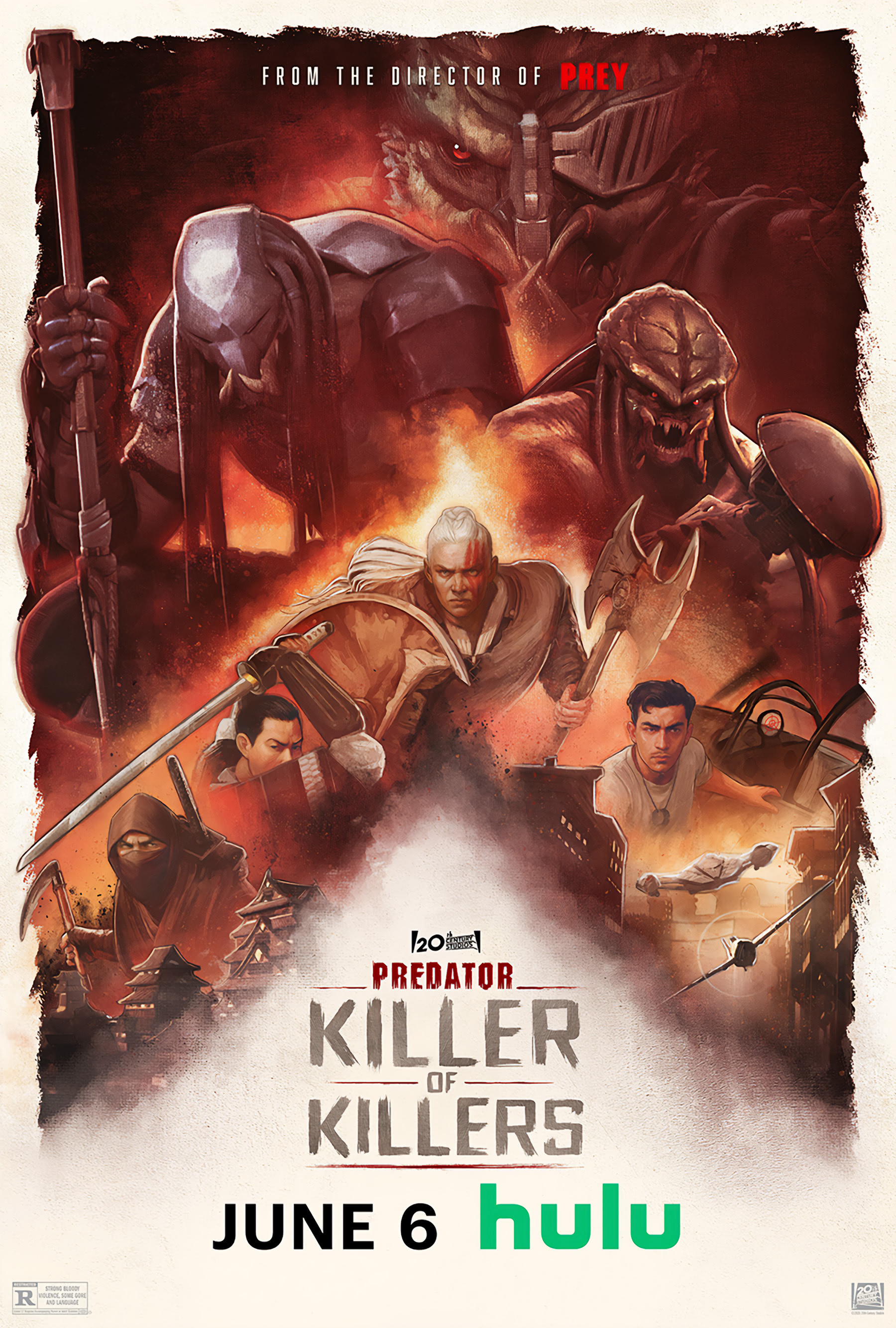
For almost 40 years, fans of science fiction/action movies have gravitated towards the Predator franchise. Beginning in 1987, when the Jim and John Thomas (Behind Enemy Lines) penned film about an extra-terrestrial, humanoid hunter who stalked humans in the jungle first appeared in theaters, the masses have been drawn to it. The success of the original movie spawned comic books, novels, video games, and four additional films, with two more on the way this year. While the latter movie, entitled Predator: Badlands, will hit theaters in November, the first of the two films is an adult, animated, stand-alone piece coming to Hulu in the United States and internationally on Disney+ beginning on .
Predator: Killer of Killers is broken into three separate vignettes set in different locations and during different time frames. The first story deals with a female, Nordic Viking, and her army set out to find the man who murdered her father so she can get revenge. However, unbeknownst to them, a creature lurks in the shadows, watching and waiting. Once he pounces, her whole team, including her son, are dead, and she is enslaved.
Story number two involves two brothers somewhere in an ancient Asian country. As their father pits brother against brother, one lays down his sword while the other attacks, winning his father’s praise. The loser of the battle runs away from the kingdom, only to return 20 years later to confront his sibling. Little did they know they would need to team up to defeat the unknown entity trying to kill them.
Finally, the last vignette includes a young American man being drafted during World War II. His dream is to be a pilot, but he is relegated to mechanic. When he is handed a weapon from the alien being, he tries to figure out what it is, and when he does, he takes to the sky in an old fighter plane to warn the other pilots that what they are fighting against is not human. Ultimately, the three “survivors” end up on a different planet and are forced to fight each other, but when they team up, they end up fighting the predators instead.
Writer/director Dan Trachtenberg, who brought us 2022’s Prey, once again helms this feature film, and he does so beautifully. His take on the alien creatures gives audiences a unique story brought to life in a different way than any of the other Predator movies. He includes plenty of blood splatter and gore, but also presents the Predators as intelligent and scheming.
I will admit I’m not a huge fan of the “watercolor”-like technique used in the animation, as it blurs the lines, making the picture perhaps not as sharp and clean as it could be. While this tends to add a bit of softness to an otherwise cold and hard movie, it seems somewhat out of place with the harshness of the plot. It isn’t an anime style of animation, but it seems to be in the same family.
Predator: Killer of Killers remains solidly within the realm of the other Predator films, which makes it familiar without getting mundane. It skirts the edge of the forest while venturing down a less-traveled path, making it recognizable and different all at the same time. As an audience, we become invested in these characters, which makes the film enjoyable.
In the world of Predator, this movie stays true to the source material but gives us something we didn’t know we needed. It is a nice intermezzo between Prey and Predator: Badlands and whets our appetites for more.
Grade: A-
Movie Reviews
Thug Life Movie Review and Release Live Updates: Kamal Haasan-STR starrer nears release as buzz builds around high-octane first half – The Times of India

The Times Of India |
Jun 05, 2025 , 07:45:54 IST
-

 News1 week ago
News1 week agoVideo: Faizan Zaki Wins Spelling Bee
-

 Politics6 days ago
Politics6 days agoMichelle Obama facing backlash over claim about women's reproductive health
-

 News1 week ago
News1 week agoVideo: Harvard Commencement Speaker Congratulates and Thanks Graduates
-
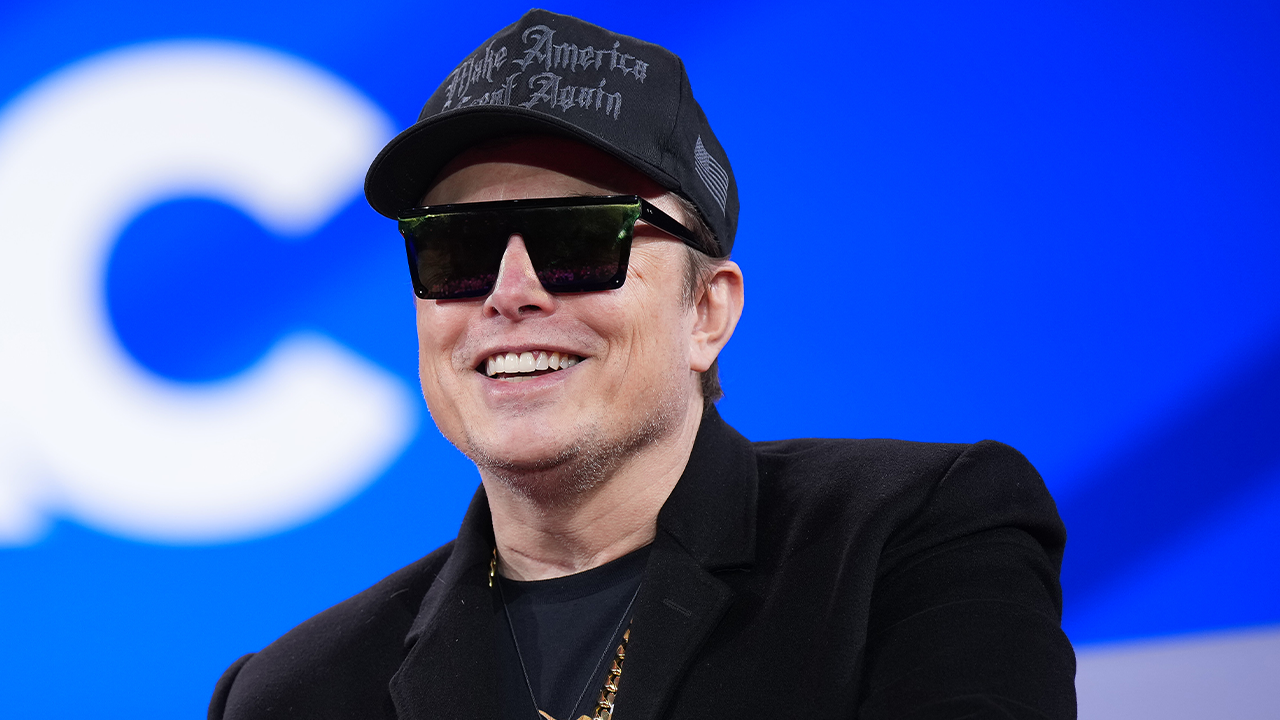
 Politics1 week ago
Politics1 week agoMusk officially steps down from DOGE after wrapping work streamlining government
-

 News1 week ago
News1 week agoPresident Trump pardons rapper NBA YoungBoy in flurry of clemency actions
-

 Technology1 week ago
Technology1 week agoAI could consume more power than Bitcoin by the end of 2025
-

 Technology1 week ago
Technology1 week agoSEC drops Binance lawsuit in yet another gift to crypto
-

 Business1 week ago
Business1 week agoSix Flags to cut 135 jobs at Knott’s, Magic Mountain and other California parks














